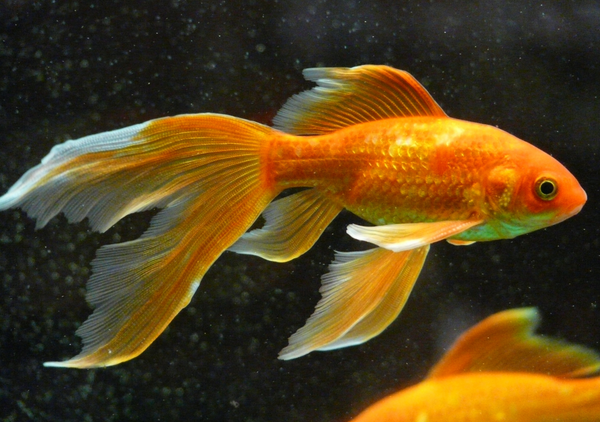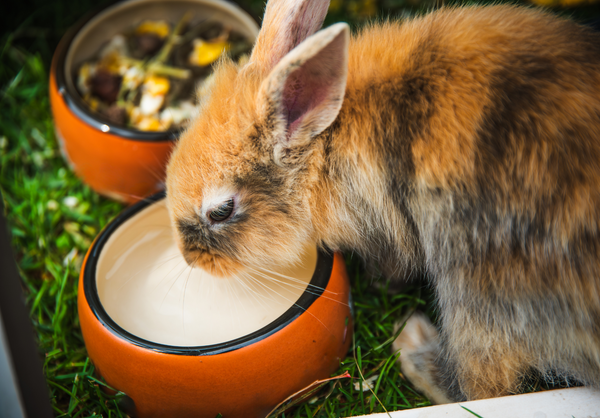Snakes are most arguably the most common kept reptile species. Family friendly species of snakes such as corn snakes and ball pythons are captive bred around the globe for us to have in our homes and pet shops. Most pet snake care is very transparent and we can do a pretty darn good job of keeping a comfortable environment for our slithery comrades. There is just one problem, why won't my snake eat? Our pet snakes refusing to take food is very frustrating and worrisome for the owners, and there is some factors that you can control to help ensure your snake has a healthy appetite.
Stress
 Refusing to eat is a signal that your snake is stressed. It should come as no surprise that snakes are routine animals and don't like change so very much. If your snake has just been brought to his new home and is not eating, there are very high chances that your snake is refusing food due to the stress of moving. If this is the case, leave the new snake alone for some time to get used to the new environment. If your snake is already a seasoned resident of your home, check for other signs of change. Has the terrarium been moved no a new location? Change in lighting or temperature? Introduction of a new pet to the home? All these things can contribute or cause a stressed out pet snake. Over-handling your pet snake is common mistake of new snake owners that can cause stress. Your snake should not be handled as a juvenile unless absolutely necessary!
Refusing to eat is a signal that your snake is stressed. It should come as no surprise that snakes are routine animals and don't like change so very much. If your snake has just been brought to his new home and is not eating, there are very high chances that your snake is refusing food due to the stress of moving. If this is the case, leave the new snake alone for some time to get used to the new environment. If your snake is already a seasoned resident of your home, check for other signs of change. Has the terrarium been moved no a new location? Change in lighting or temperature? Introduction of a new pet to the home? All these things can contribute or cause a stressed out pet snake. Over-handling your pet snake is common mistake of new snake owners that can cause stress. Your snake should not be handled as a juvenile unless absolutely necessary!
Temperature & Humidity
Like all cold blooded creatures, snakes are extremely dependent on their environment to stay healthy. Snakes require a warm atmosphere to retain their apatite and digest food properly. If your enclosure is too cold (usually below 75F), your snake can develop lethargy and digestive problems. Slow digestion can lead to your snakes food literally rotting inside of its own belly, causing serious illness. On the flip side, keeping your snake in a tank too hot or without a heat gradient so it may regulate its internal temperature can be very psychologically stressful. Make sure you have done adequate research on your snake species to determine the optimal ambient and basking temperature for your enclosure. Heating elements should ALWAYS be controlled by a thermostat (Pisces recommends: Exo Terra 600W Thermostat). Incorrect humidity levels can lead to skin and/or respiratory disorders that result in a decreased appetite. Check your substrate choice and make sure it is right for your snake. Typically aspen shavings are best for burrowing species, where as arboreal snakes can be comfortable and healthy with damp paper towels on the tank floor. A digital hygrometer is great for monitoring your relative humidity levels (Pisces recommends: Digital Precision Hygrometer)
Pre-shed Conditioning
Sometimes the refusal to eat can be as simple as getting ready to shed their skin. It is very common for your snake to refuse food for days or weeks while i this condition. If your snakes scales are looking paler than usually, and may have milky looking eyes, this is very likely the case! Don't stress, this is totally normal! Leave your snake alone for a few days (except to mist & change water) and let him do his thing. If your snake is having a rough shed, help him out with some shedding agent to ease the process. Pisces recommends: Zoo Med Repti Shedding Agent.
Feeding & Surroundings
 Take a look at your current tank set up.Snakes like to hide and feel like they are hidden from sight. If your tank is in a high-traffic area of the home, with no walls or backdrops in a very open tank with no real place to feel safe outside of the hide, this will cause your snake stress. Simply adding moss, cork bark, some pieces of drift wood or fake plants will help your snake feel less self conscious. When feeding, try adjusting your lighting to be very dim or dark, this helps mimic their natural feeding behavior in the wild. When feeding, hold the feeder by the tail with tongues and jerk it around a bit and play sort of a "you cant catch me" game with your snake, jiggling the feeder and moving around the snake. This will intrigue the snake and help coax him into taking down its prey.
Take a look at your current tank set up.Snakes like to hide and feel like they are hidden from sight. If your tank is in a high-traffic area of the home, with no walls or backdrops in a very open tank with no real place to feel safe outside of the hide, this will cause your snake stress. Simply adding moss, cork bark, some pieces of drift wood or fake plants will help your snake feel less self conscious. When feeding, try adjusting your lighting to be very dim or dark, this helps mimic their natural feeding behavior in the wild. When feeding, hold the feeder by the tail with tongues and jerk it around a bit and play sort of a "you cant catch me" game with your snake, jiggling the feeder and moving around the snake. This will intrigue the snake and help coax him into taking down its prey.
Alternative Methods
If your snake is still not eating, there are a handful of helpful tips and tricks you can try using to encourage your snake to feed:
- Warm the feeder before offering.
- "Play" with its prey, move it up and down and around the enclosure to mimic live prey. Dangle the feeder above the snakes head and close to sensitive areas like the nostrils to provoke a feeding response.
- Scent its prey by wiping it with a different prey.
- Provide more hiding and sheltered areas for your snake to eat privately.
- Cut open feeder to release the scent of blood
If your snake is still not eating and you are concerned, seek veterinary help!




